The Journey to Net Zero
It’s virtually impossible not to read or hear about climate change and the ‘call to action’ to decarbonise. Best intentions to implement change can, however, be stifled by confusion and a myriad of jargon.
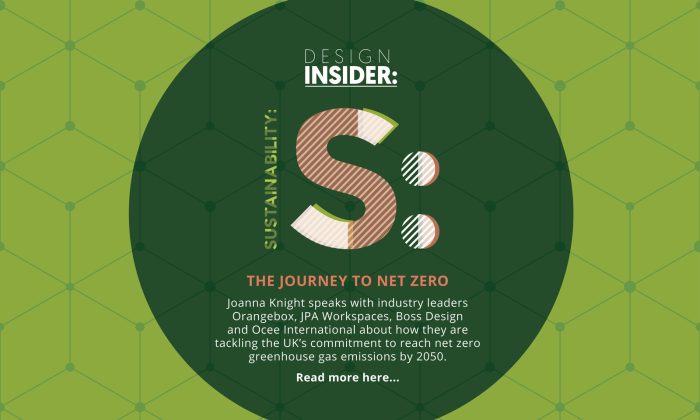
A person, product, company or country is carbon neutral if they balance the carbon dioxide they release into the atmosphere with the amount they absorb or remove. Carbon dioxide represents the largest share of greenhouse gas emissions but other gases, such as methane, nitrous oxide and hydrofluorocarbons, are also contributors.
The UK has committed to reach net zero greenhouse gas emissions, not just carbon, by 2050. The priority is, therefore, to reduce emissions. Any remaining amounts which cannot be removed – residual emissions – should then be counterbalanced with an appropriate amount of permanent carbon removals.
Arguably the best starting point on the ‘journey to net zero’ is understanding your current carbon footprint, which provides a benchmark for measuring reductions. A further complication is ‘what to measure?’ Green House Gas (GHG) emissions are categorised within three ‘scopes’.
Scope 1 covers the emissions that a company makes directly whilst Scope 2 incorporates those it releases indirectly such as the electricity and energy it purchases.
Scope 3 is more challenging. This category includes all the emissions an organisation is indirectly responsible for. It includes upstream and downstream – so buying goods and materials from suppliers to the emissions from its marketed products when customers use them.
There is guidance available from Government web sites, for example, to assist in the measurement of Scope 1 and 2. The process of undertaking this task will create a template for commencing Scope 3 assessments.
Carbon impact is not simply about operational, or company, emissions. Products also have a footprint – embodied carbon. Footprinting of furniture remains challenging and, without a standardised approach, product comparisons are difficult.
With furniture manufactured from virgin resources contributing around 30% of the carbon footprint of a commercial building over its lifespan, the industry has a responsibility to implement change. It is undoubtedly a challenge so how are companies approaching the task?
“We have been operating a 14001 certificated environment management system for many years with a commitment to measurement, targets and continuous improvement,” says Gareth Banks, Head of Sustainability at Orangebox. “We are now tackling net zero and want to ensure we are choosing the right pathway. We are currently undertaking the groundwork to set our baseline and anticipate that, within the next six months, will be on a recognised SBTi* route.”
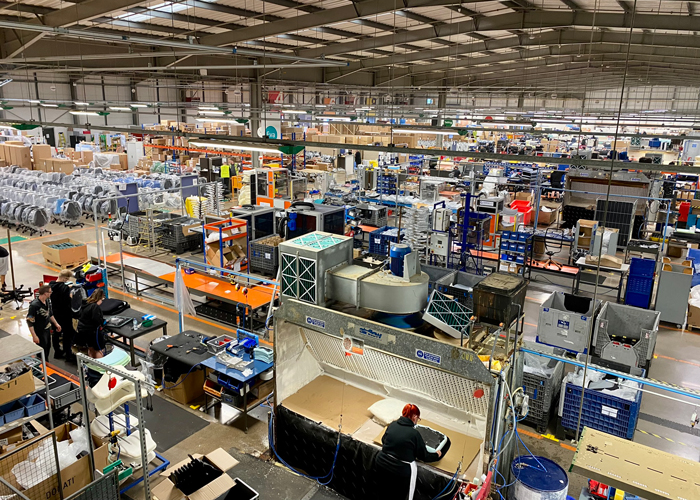
Orangebox is tackling net zero and wants to ensure the company is choosing the right pathway through a recognised SBTi route.
“Whilst we do operate autonomously, our parent company, Steelcase, has already established operational targets globally for all of its manufacturing sites. We naturally need to synchronise with these. Scope 1 and 2 are relatively easy to measure. Scope 3 is more difficult but does probably represent over 80% of the overall impact.”
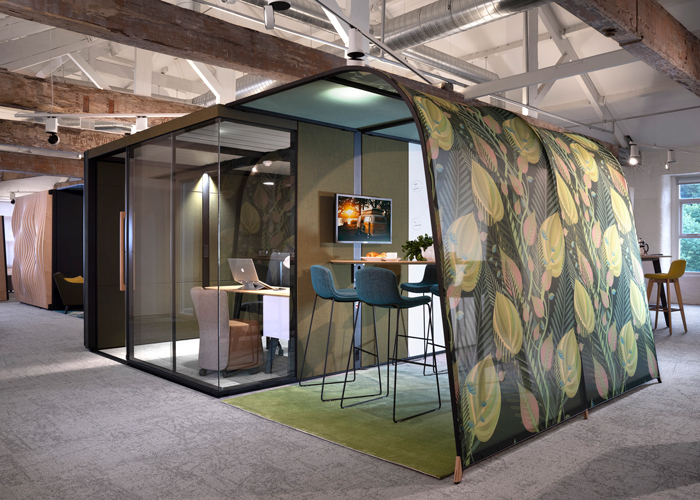
Orangebox is applying eco-design principles for its portfolio of interior architecture products.
In terms of products, Orangebox has been employing a variety of eco-design principles for many years but mostly focused on one of its core product platforms, task seating. “Now though, we are experiencing the greatest growth in our ‘interior architecture’ products, such as pods, booths and modular seating,” continues Gareth. “As our product mix is changing, we are turning our attention to these ranges instead. Smart design has an important role to play. For example, how can we maximise the amount of recycled and reconstituted foam content without compromising functionality and durability? Similarly, ‘design for disassembly’ and commitments to greater circularity are incredibly important issues for us too.”
Gareth highlighted the complexities of carbon reduction. “Circularity is a very important focus for us. We must also recognise consequences. If we open a new facility to accommodate remanufacturing, what impact will it have on our carbon overhead?”
“Sustainability is our primary goal – balancing the environment, people and commercial economics. Orangebox employs over 400 people so we have to adopt a structured approach to support our long term overall sustainability goals.”
JPA Workspaces has established a reputation, and won numerous awards, for its efforts towards environmental responsibility. As a supplier, rather than a manufacturer, how are they tackling the journey?
“We have already achieved a carbon neutral status,” explains Fiona Edwards, Head of Sustainability at JPA Workspaces. “We measure and set targeted reductions for our Scope 1 and 2 emissions as well as offsetting residual amounts. We are now tackling Scope 3 and, using our initial figures, we can determine a reduction plan.”
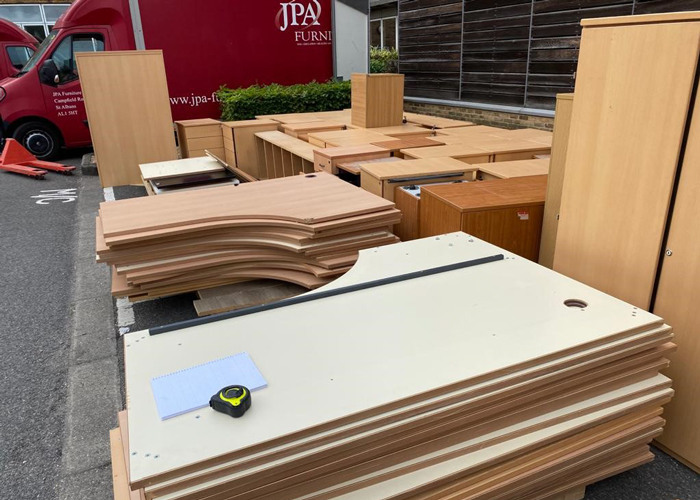
JPA Workspaces runs a community furniture re-homing programme together with collection and materials recycling.
“The process of engaging our supply chain in setting science-based emissions targets whilst also demonstrating positive social value is a worthwhile and necessary investment for our business. Moving forward, I am sure that this process will affect who we choose to do business with.”
Maximising the useful life of furniture is a major strategy for the company. “It is reported that 85% of all office furniture eventually ends up in landfill,” continues Fiona. “For many years, we have been providing our clients with a range of services to extend product lifecycles supported by a local approach and inhouse logistics. We also provide a community furniture re-homing programme together with collection and materials recycling as well as second-life furniture.”
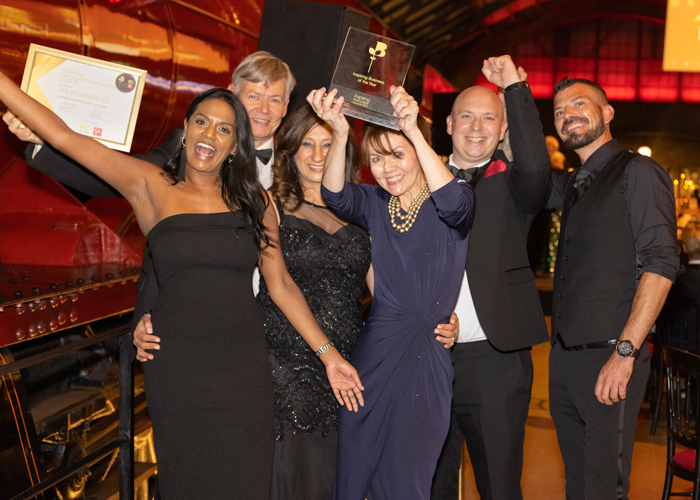
JPA Workspaces has won numerous awards, for its efforts towards environmental responsibility. Fiona Edwards, together with colleagues, celebrate the achievement of ‘Inspiring Business of the Year 2021’ at the Inspiring Hertfordshire Awards.
Is this level of commitment a PR exercise or a commercial necessity? “It’s a necessity,” confirms Fiona. “We are amazed at the increase in interest from clients in environmental issues, in carbon costs, and requirements from their stakeholders to show their efforts to lessen their impact. I believe that it’s only a matter of time before more environmental issues are reflected in legislation and regulation.”
UK manufacturer, Boss Design, is already well travelled on its net zero journey. Ceri Lovett, Design Creative Director, explains: “We started measuring and monitoring our carbon emissions back in 2006 to 2008. Since that time, we have introduced various initiatives such as renewable energy across our UK facilities, zero waste to landfill and an electric vehicle policy. We continue our quest for further reductions, but our primary focus is now on products and materiality.”
“We have been working with our supply chain to research greater recycled content as well as understanding their efforts to reduce carbon impact. Our Apply chair, for example, now has a dramatically increased recycled content from 35% to 69%, including 51% post-consumer waste.”
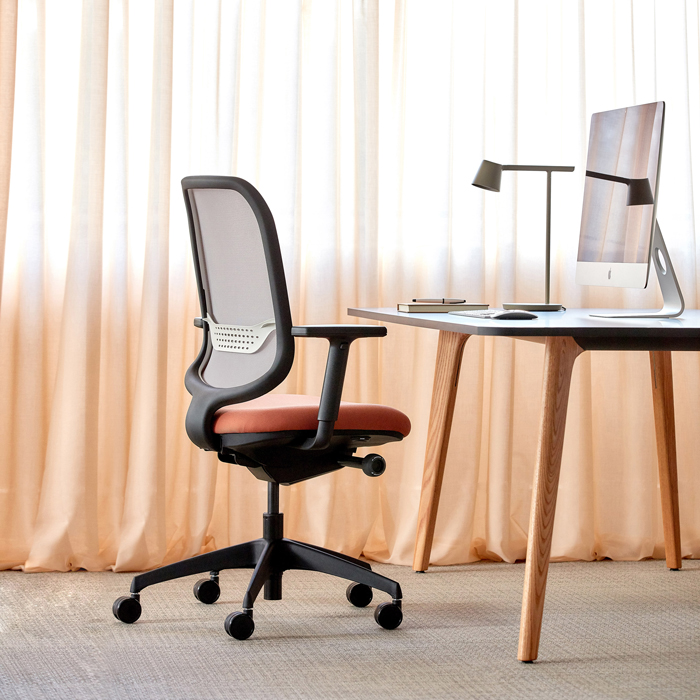
Boss Design’s Apply Chair now has a dramatically increased recycled content from 35% to 69%, including 51% post-consumer waste.
“We recognise that greenwashing is now being exposed and are focussed on openness and honesty. There has to be, however, an understanding of the need for a balance between the financial investment in monitoring and reporting and the cost of implementing change.”
“We are a commercial entity and there is a cost associated with greater sustainability. Our key pillars are built around the UN’s sustainability goals with inspiration from the Future Generations Commission for Wales. This approach provides a structure with integrity and vision.”
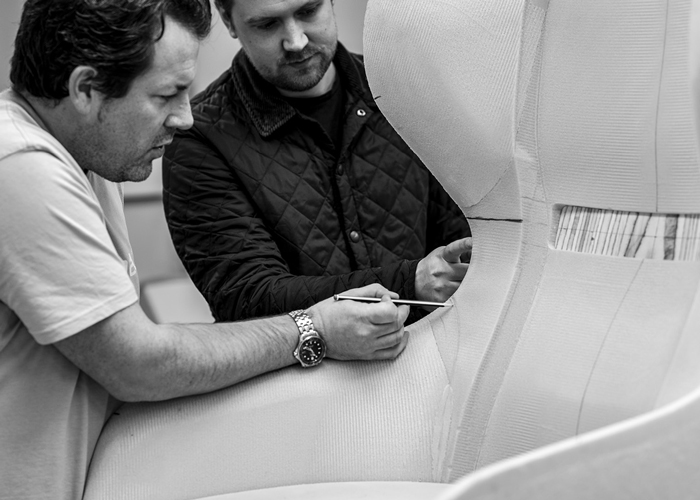
As well as company carbon reductions, Boss Design is focussing on products and materiality.
“We have been working with ethical clearance company, Waste to Wonder, for some time to maximise reuse. We are looking at a circular production model but it’s a completely different business and requires research and understanding.”
With responsibility for sustainability and environmental issues across Ocee International’s group portfolio, Sian Berkley describes the journey for this multi-faceted furniture manufacturer. “We have already achieved carbon neutral status through a combination of measurement and monitoring of Scope 1 and 2 emissions with offsetting to counterbalance our impact,” explains Sian. “We are now working towards Net Zero, including Scope 3, with our inhouse teams being supported by Planet Mark and LCA Norway.”
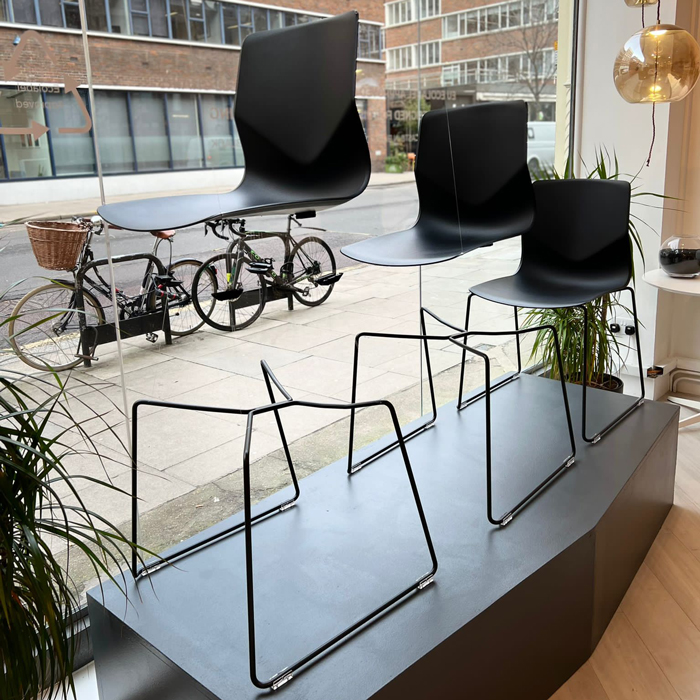
The EU Ecolabel FourSure chair is designed for disassembly.
“We are working to produce registered Environmental Product Declarations, EPDs, for the vast majority of our products. The carbon calculator tool used as part of this exercise will enable us to measure embedded carbon and can be used to evaluate our supply chain, consider alternatives and different materials to drive further reductions.”
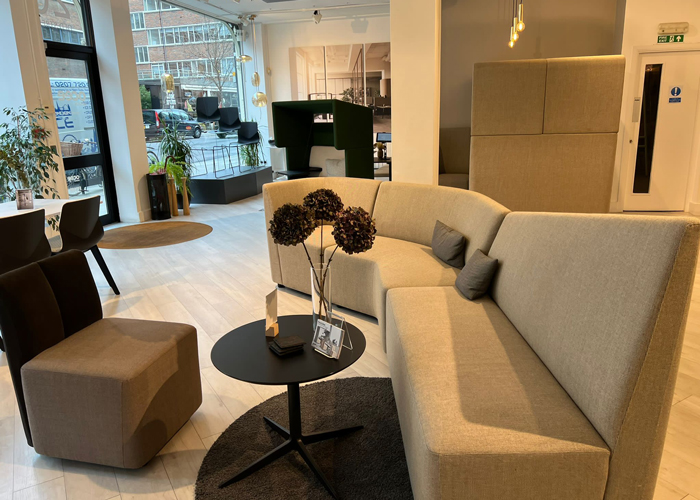
Ocee International is working to produce registered Environmental Product Declarations, EPDs, for the vast majority of its products.
“Product design is vital to our commitments. It’s important, however, to understand the consequences of any changes. Upholstered seating is particularly difficult. Whilst glueless techniques will promote greater reuse and recycling potential, we need to consider durability and longevity.”
“Environmental responsibility and overall sustainability commitments are major drivers for the business,” continues Sian. “Initially in 2019, marketing impact was perhaps a motivator, however, we didn’t want to start shouting about what we were doing before we were confident in our actions. Now, these issues are business critical.”
Specifiers and buyers are exerting pressure on manufacturers and suppliers to drive greater environmental responsibility. The journey to net zero is, however, difficult and not without cost implications.
*The Science Based Target Initiative (SBTi) is a global body enabling businesses to set emissions reduction targets in line with science.





Comments